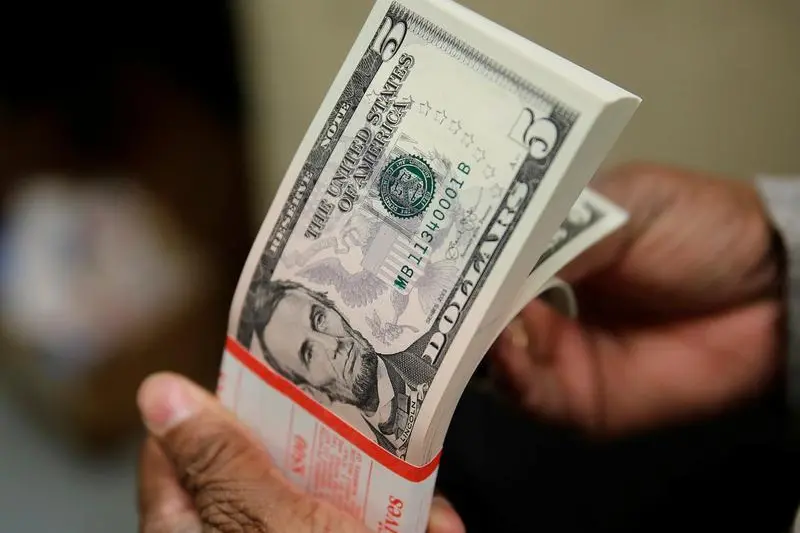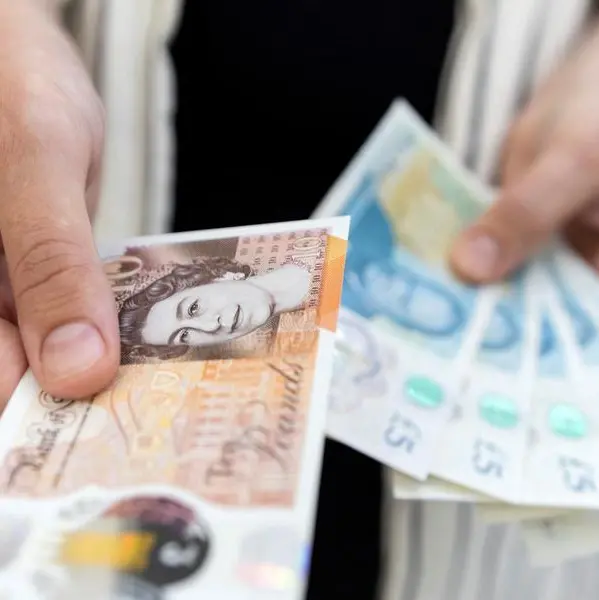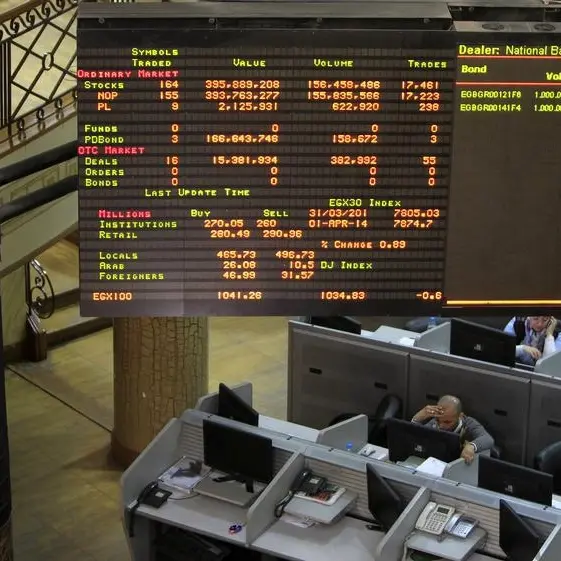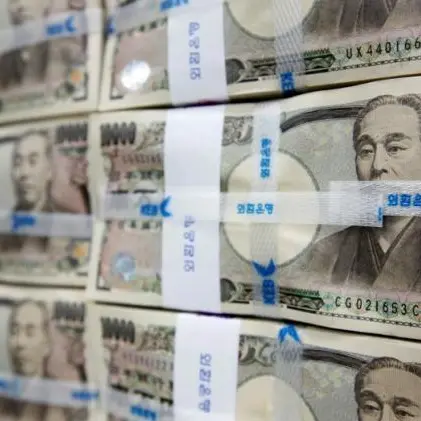PHOTO
NEW YORK - The dollar posted its biggest weekly decline in more than a decade on Friday, as trillions of dollars worth of stimulus efforts by governments and central banks helped temper a rout in global markets driven by the coronavirus pandemic.
The dollar surged in March as tumbling stock and debt markets caused a scramble for the world's most liquid currency.
But big government spending pledges and coordinated efforts by central banks around the world to increase the supply of dollars have supported a rally in other major currencies.
The U.S. House of Representatives on Friday approved a $2.2 trillion aid package - the largest in American history - to help people and businesses cope with the economic downturn inflicted by the coronavirus outbreak.
The dollar dipped 0.87% against a basket of currencies Friday to 98.41. It fell 3.90% this week - its biggest weekly decline since March 2009.
The dollar index last week had racked up its biggest weekly gain since the financial crisis.
"What we are seeing is abating stress in the money markets. Action by central banks has been successful so far and a shortage of dollars has been taken off the table," said Ulrich Leuchtmann, head of FX and commodity research at Commerzbank.
After this month's large price swings, investors were likely to be especially active rebalancing their books for month- and quarter-end.
The Global Foreign Exchange Committee on Thursday warned the coming few sessions could be volatile as market participants execute larger than normal trades as part of this process.
Against the yen, the dollar fell 1.56% on Friday to 107.87 yen, as Japanese investors and companies repatriated funds before their fiscal year ends next week.
The euro gained 0.83% against the greenback to $1.1119.
Sterling jumped 2.07% to $1.2454 and the Australian dollar rose 1.78% to $0.6171.
Speculators increased their net short dollar position in the latest week to $8.88 billion, from $8.27 billion the previous week, according to calculations by Reuters and U.S. Commodity Futures Trading Commission data released on Friday.
"Now that the surge in demand for dollars overseas has been met by the Fed’s new improved swap lines, economic and medical fundamentals are taking over," Marshall Gittler, head of investment research at BDSwiss Group, said in a note on Friday.
========================================================
Currency bid prices at 4:00PM (2000 GMT) Description RIC Last U.S. Close Pct Change YTD Pct High Bid Low Bid
Previous Change
Session Euro/Dollar EUR= $1.1119 $1.1028 +0.83% -0.81% +1.1129 +1.0954 Dollar/Yen JPY= 107.8700 109.5800 -1.56% -0.91% +109.7000 +107.7700 Euro/Yen EURJPY= 119.95 120.88 -0.77% -1.64% +120.9800 +118.8200 Dollar/Swiss CHF= 0.9519 0.9630 -1.15% -1.64% +0.9655 +0.9521 Sterling/Dollar GBP= 1.2454 1.2201 +2.07% -6.07% +1.2485 +1.2134 Dollar/Canadian CAD= 1.3980 1.4016 -0.26% +7.67% +1.4153 +1.3922 Australian/Doll AUD= 0.6171 0.6063 +1.78% -12.11% +0.6200 +0.6024 ar Euro/Swiss EURCHF= 1.0587 1.0626 -0.37% -2.44% +1.0634 +1.0564 Euro/Sterling EURGBP= 0.8926 0.9040 -1.26% +5.58% +0.9094 +0.8907 NZ NZD= 0.6047 0.5959 +1.48% -10.23% +0.6069 +0.5912 Dollar/Dollar Dollar/Norway NOK= 10.4420 10.3900 +0.50% +18.95% +10.7256 +10.3965 Euro/Norway EURNOK= 11.5790 11.4980 +0.70% +17.70% +11.7655 +11.4797 Dollar/Sweden SEK= 9.9063 9.9676 +0.06% +5.98% +10.0744 +9.8701 Euro/Sweden EURSEK= 11.0235 11.0173 +0.06% +5.29% +11.0463 +10.9370
(Additional reporting by Iain Withers in London; Editing by Tom Brown) ((Karen.Brettell@thomsonreuters.com))












